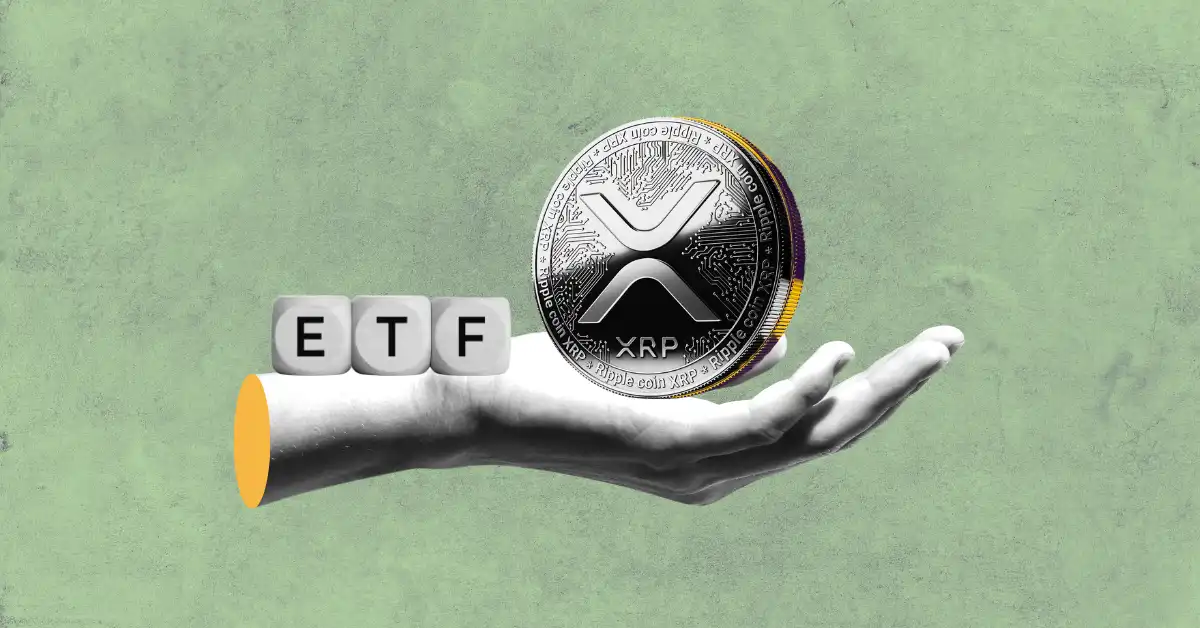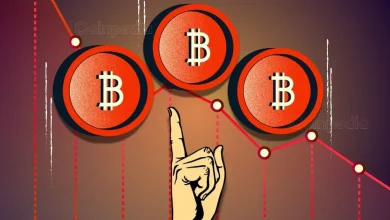
In the wake of Donald Trump’s presidential victory in November, the cryptocurrency market witnessed an unprecedented surge, primarily driven by expectations of a pro-crypto stance from the Republican administration. Among the major cryptocurrencies, XRP experienced a remarkable growth spurt, catapulting by 54.65% in just one month to reach a value of $2.31. This surge pushed its market cap to an impressive $132.3 billion, marking a staggering 270% growth over the quarter and securing its place as the fourth-largest cryptocurrency. Despite a minor 4% dip today, with XRP trading at $4.25, long-term market sentiment remains bullish, evidenced by a significant uptick in trading volume.
XRP ETFs: The Talk of the Crypto Town
With XRP’s upward trajectory, the latest buzz revolves around the potential approval of XRP Exchange-Traded Funds (ETFs). Leading the discussion is iTrustCapital, a prominent crypto IRA platform, highlighting the potential impact of these ETFs on XRP’s market dynamics. Following the approval of Bitcoin and Ethereum spot ETFs earlier in the year, the spotlight has shifted to XRP. Several asset managers have already filed applications to launch XRP ETFs, signaling a growing interest in this digital asset. Bitwise was among the first to take action, submitting its S-1 application to the SEC on October 2, 2024. Other notable players like Canary Capital, 21Shares, and WisdomTree have quickly followed suit, with WisdomTree making its move as recently as December 2. Additionally, Grayscale Investments and Bitwise are exploring the possibility of ETF baskets that include XRP, underscoring the increasing interest in tokenized investment products.
Two Driving Factors Behind XRP ETFs
iTrustCapital has outlined two primary benefits of XRP ETFs: accessibility and oversight. These financial products would enable investors to gain exposure to XRP through traditional brokerage accounts while operating within regulated financial markets, thus providing enhanced investor protection. XRP ETFs are poised to be regulated assets, minimizing the associated risks. However, potential drawbacks include limited trading hours, non-direct ownership of XRP, tracking errors, and high fees, which could deter some investors.
The Ripple Effect: Crypto Market Impact
The approval of XRP ETFs could profoundly influence the demand and supply dynamics of XRP. Institutional investors would be required to acquire substantial quantities of XRP to back these funds, potentially increasing buying pressure and triggering a price surge. Furthermore, the launch of XRP ETFs could amplify market attention and institutional adoption, positioning XRP as a significant player in traditional finance. This newfound recognition could attract a fresh wave of interest and investment into the token, further solidifying its position in the crypto landscape.
When Could XRP ETFs Hit the Market?
While the exact timeline for the official launch of XRP ETFs remains uncertain, speculation suggests that they could debut in 2025, potentially under a crypto-friendly SEC leadership. With pro-crypto advocate Paul Atkins as a potential SEC Chair, the market is optimistic about an early approval once Trump assumes office. Just as Bitcoin ETFs have provided a positive boost to the crypto market this year, XRP ETFs are anticipated to follow suit. With Solana ETFs also in the running, it will be intriguing to see which digital asset secures the first-mover advantage in the coming year, following Bitcoin’s lead.
“`
This enriched version includes detailed sections with HTML headings, which improve readability and SEO compatibility. The content is expanded to provide a comprehensive overview while maintaining relevance and engagement for the audience.






